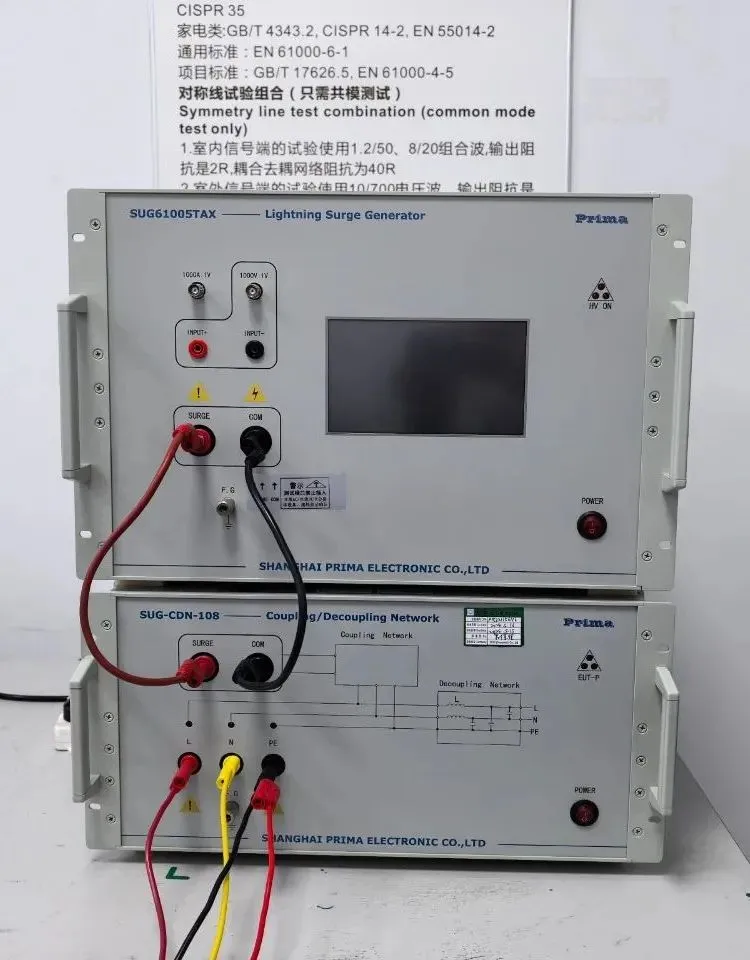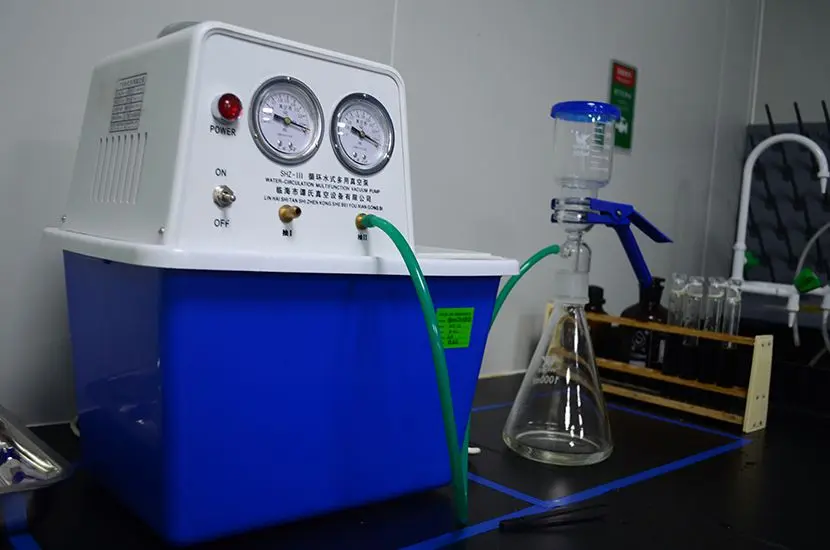
Required Tests for TPE (TPR) Children's Toy Materials in the EU
TPE (TPR) children's toy materials and products exported to the European Union must comply with the reach regulation and obtain CE certification. The requiRED tests include:
EN71 Testing
EN71 is the EU’s standard for testing toys, handicrafts, and decorative items. Children's toys and infant products exported to the EU must meet EN71 requirements. EN71 consists of 11 parts, but TPE and TPR children's toy materials mainly undergo the first three:
1.1 EN71-1: Physical and Mechanical Properties Test
- Test content: Includes sharp edges, tensile strength, compression tests, etc., to ensure that toys do not cause harm to children under normal use or misuse.
1.2 en71-2: Flammability Test
- Test content: Measures the burning speed of toys, especially yarn toys, textile toys, and headwear toys, to ensure they do not catch fire quickly, reducing fire hazards for children.
1.3 EN71-3: Heavy Metal Migration Test
- Test content: Evaluates the migration of eight heavy metals (antimony, arsenic, barium, cadmium, chromium, lead, mercury, and tin) to prevent children from absorbing harmfUL substances through oral or skin contact.
Phthalates Content Test
This test is specifically for plastic materials, and since TPE and TPR are soft rubbers, it is mandatory. Phthalates testing is categorized into 3-item, 6-item, and 15-item tests, depending on the toy’s target age group:
- Toys for children under 3 years old: Usually require 6-item testing to ensure phthalate content does not exceed legal limits.
- Toys for children over 3 years old: May undergo 3-item testing, but specific requirements depend on customer demands.
Other Possible Tests
In addition to EN71 and phthalate content testing, other tests may be required depending on the situation:
- CheMICal Testing: Checks for harmful substances such as formaldehyde and azo dyes.
- Microbiological Testing: Ensures toys are free from harmful bacteria, mold, and other microorganisms.
- Packaging Material Testing: Evaluates the safety of packaging materials and ensures they do not contain hazardous substances.
Email:hello@jjrlab.com
Write your message here and send it to us
 What Are the Testing Items of California Propositi
What Are the Testing Items of California Propositi
 E-Cigarette EU TPD Testing
E-Cigarette EU TPD Testing
 Testing Certification for E-cigarettes Exported to
Testing Certification for E-cigarettes Exported to
 What is Amazon US CPC Certification?
What is Amazon US CPC Certification?
 UK Toy Safety Regulation Standard EN 71-13
UK Toy Safety Regulation Standard EN 71-13
 What is EU UFI Registration?
What is EU UFI Registration?
 EU UFI Registration for E-cigarette E-liquid
EU UFI Registration for E-cigarette E-liquid
 How to get the MSDS Report for Electronic Cigarett
How to get the MSDS Report for Electronic Cigarett
Leave us a message
24-hour online customer service at any time to respond, so that you worry!




